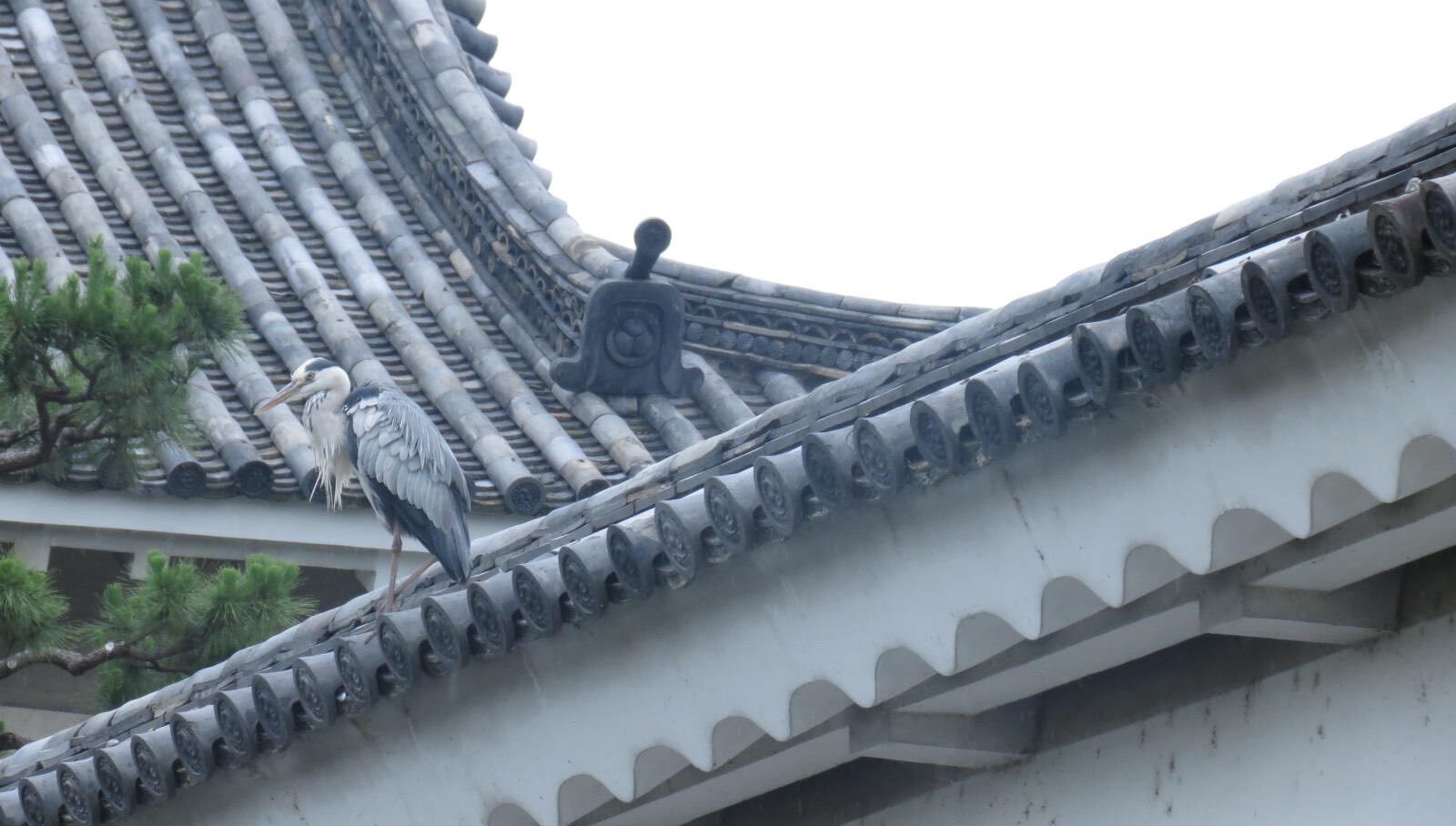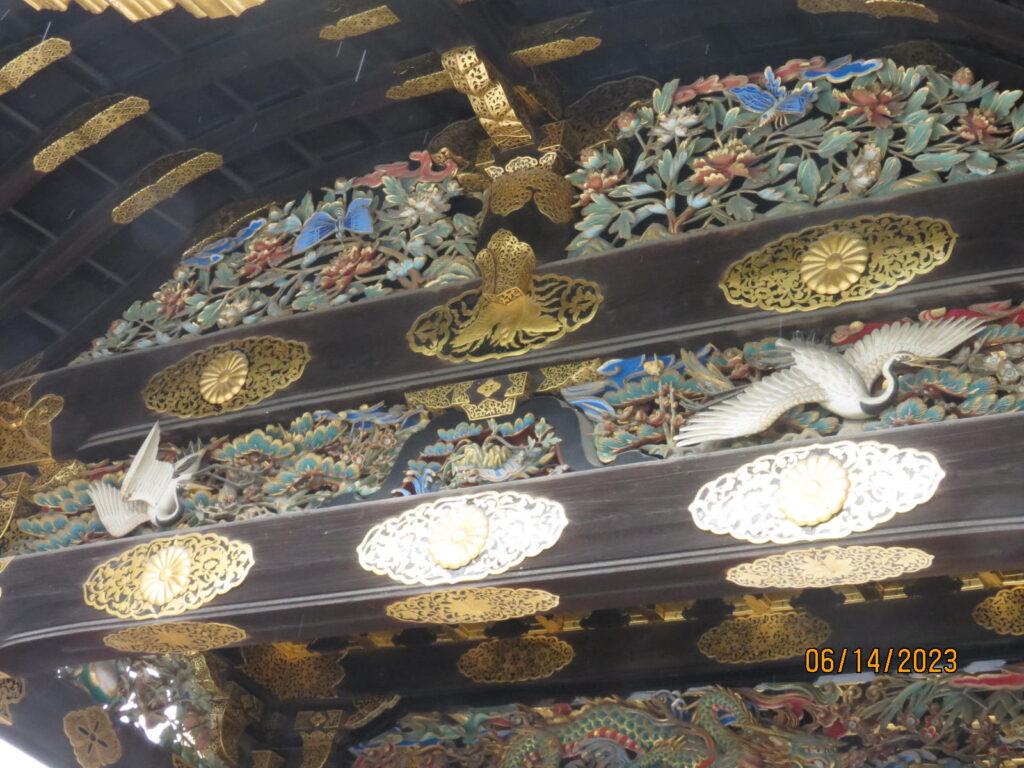
Visitors to some popular destinations in Kyoto may wonder: what’s with all the cranes? Known as the “tsuru,” the crane’s historical and cultural significance can be traced back to ancient times.
It has deep roots in Japanese folklore, art and tradition. In Japanese mythology, cranes mate for life and are believed to live for 1,000 years.
This majestic bird symbolizes prosperity, good fortune and a lasting life. Also seen as a celestial messenger, the crane is believed to carry souls to the afterlife.
These characteristics may be why some Japanese people believe that anyone with the patience to complete folding a thousand origami cranes would be given good luck and granted a wish.
The legend of the thousand origami cranes, or “senbazuru,” involves the belief that folding a thousand cranes results in the granting of one wish. Folding the origami cranes became a symbol of hope and resilience.
A notable participant in this legend is Sadako Sasaki, a 12-year-old girl who survived the atomic bombing of Hiroshima. Some say that Sasaki folded over a thousand origami cranes to beat her battle with leukemia. Unfortunately, she was not able to complete her wish and passed in 1955.
In Hiroshima Peace Park, there lies a statue of her holding a folded crane called the Children’s Peace Monument. The practice of senbazuru is carried out in her memory as well as to promote peace around the world.
Past the mythical qualities, the crane is considered a sacred creature associated with elegance and wisdom. With a wingspan of over two meters, the Japanese crane is considered one of the largest birds in the world. This bird can be identified by its long beak and the red spot on its head.
Japanese art has captured the crane’s majesty in many different mediums, particularly in traditional painting and woodblock prints. Usually depicted in traditional Japanese paintings called “nihonga,” the cranes are placed in dynamic poses, emphasizing their elegance.

Located in Kyoto, Nijō Castle is a beautiful example of how cranes are used in architecture. The entrance gate is supported by four pillars and has brilliantly carved scenery. The two, mostly white, cranes can stand out because of the colorful background.
It is also a common motif of pottery, kimono designs and various handicrafts. Much like in the nihonga, cranes in kimono designs are placed in multiple poses.
In most traditional Japanese weddings, paper cranes are incorporated into decorations to symbolize a long, harmonious union. They are made in different sizes and colors and are hung from branches to create an elegant display.
The cranes’ significance in Japan is undeniable. Its representation in mythology, culture and art demonstrated its lasting impact on Japanese society. As a symbol of longevity and good fortune, the crane continues to captivate the Japanese people and those who appreciate the beauty and depth of Japanese traditions.







